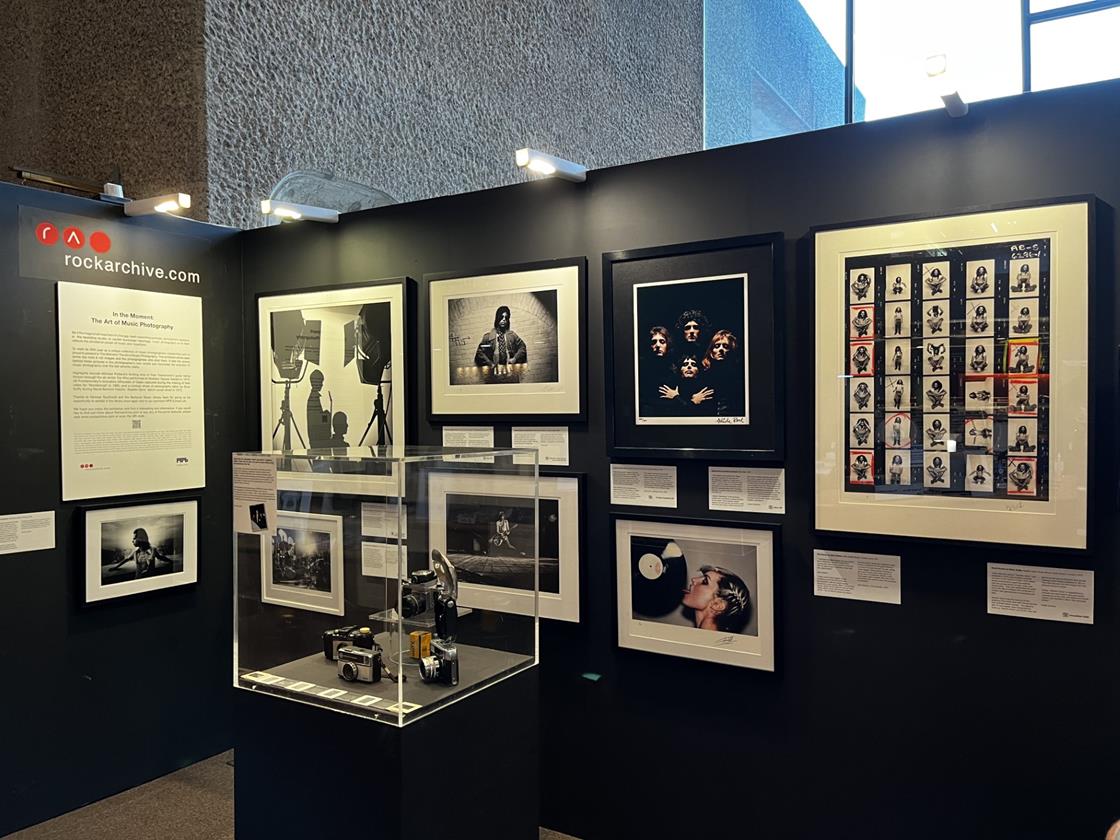Commissioned by the San José Museum of Art and University of California Santa Cruz’s “Visualizing Abolition” multi-yr challenge connecting arts, prisons and justice, Ho-Chunk artist Sky Hopinka’s newest movie Sunflower Siege Engine (2022) delicately turns nonlinear personal narrative follow in direction of the carceral borders retained amongst his ancestors and communities. Due to the fact the mid-19th century, an inheritance ideology has conscripted thousands and thousands of Native ancestors in tasks of necropolitical research. Science was called in to justify museum captivity, supporting the lie that tribal nations’ families ended up settler pre-histories of modernity. Only following a lot of Native peoples fought, and died, in Environment War I for the condition that experienced colonized them was its citizenship bestowed. American captivity for white supremacy produced Indigenous prisoners of war, both of those lifeless and alive.1
Mohawk activist Richard Oakes proclaims, “[t]he populace has generally been held as prisoners and stored dependent upon other folks,” in archival footage of his speech addressed to “the Wonderful White Father and All His Folks.” We see Oakes in 1969, windswept on the island of Alcatraz, just before he led a 19-month-very long occupation of the famous uninhabited jail in the San Francisco Bay with around twenty other learners. We see him in 2022, on a notebook screen in Hopinka’s studio, a symbol, like all individuals yrs ago, of the ailments on reservations that enclose a lot of Native nations in the United States. We see him communicate to a problem that stays equally the artist’s issue and anguish. Hopinka’s inclusion of a figure that the 20th century’s American Indian Movement mainly forgot embodies a question of solidarity what if a politics of abolition was as vital to histories of Indigenous resistance as struggles for repatriation?
In the cameras he retains, Hopinka chooses to swim in the lacunas of displacement and surrender to spiritual warfare. The lifeless and the living commune outside the house the scope of the law—the Indigenous American Grave Security and Repatriation Act (1990)—that delivers Hopinka in anticipation of their return to nationhood. They commune at the intersections of his actions between Cahokia in Illinois, the coast of San Francisco and Seaside in Oregon. They commune in the analogue 16mm movie and multiple exposures of digital movie of out of date and modern. They commune in the equality of land and sky that accumulates in his medium-structure photography. They commune in the presences, viewed and unseen, of friends and collaborators, like Abby Lord and Adam and Zack Khalil, with whom he has worked to provide back some of the hundreds of hundreds of ancestors nonetheless saved in state institutions and museums. They commune outdoors the conscripts of government policy that beleaguer intimacy and forestall closure.
Hopinka told me that the excerpts of his poem—Consider you me (2022)—feel language in the film, in contrast to in older works like wawa (2014) where he utilizes it as a issue. To what conclude? Anishinaabe and Chemehuevi poet-ancestor Diane Burns’ nonchalance presents a clue. By her, the somatic grammar of susceptible convenience overrides the accusations leveled by others. He enters his own system, “thinking about how easy it is to be stoic and to be known as Very little.” With his digicam, he displays on how his individual getting older displays his sensitivity to the previous, tracing how, “your distant voice eases the stress in my back.” A critical intimacy with the body weight of historical past turns his voice inward to the men and women who make pieces of it doable.
As Place Thirteen’s music “Tidal Wave” washes us into the film’s coda, Hopinka directs us with an imperfectly animated Disney-esque karaoke pointer: singalong to the surrender. Touch and engage in my wandering with your voice, asking us to look at the perspectives from which we may perhaps or may possibly not join a ceremony stretching countless numbers of miles. Errantry is often spoken of as a passage among islands that calls for neither to be central, nonetheless in this system of operate, we see how redrawing one’s record away from all those who have stolen them involves the refusal of a singular root and the upkeep of numerous.
– Che Applewhaite
at Tanya Leighton, Berlin
right until February 25, 2023



More Stories
Exploring the Art of Musical Photography and the Rise of Photography Gallery Online
Why Commercial Roofing Services Are Crucial for Protecting Your Commercial Property
Crisp, Clear Displays on Digital Screens Affect Selling My Car Online in West Lake Hills TX